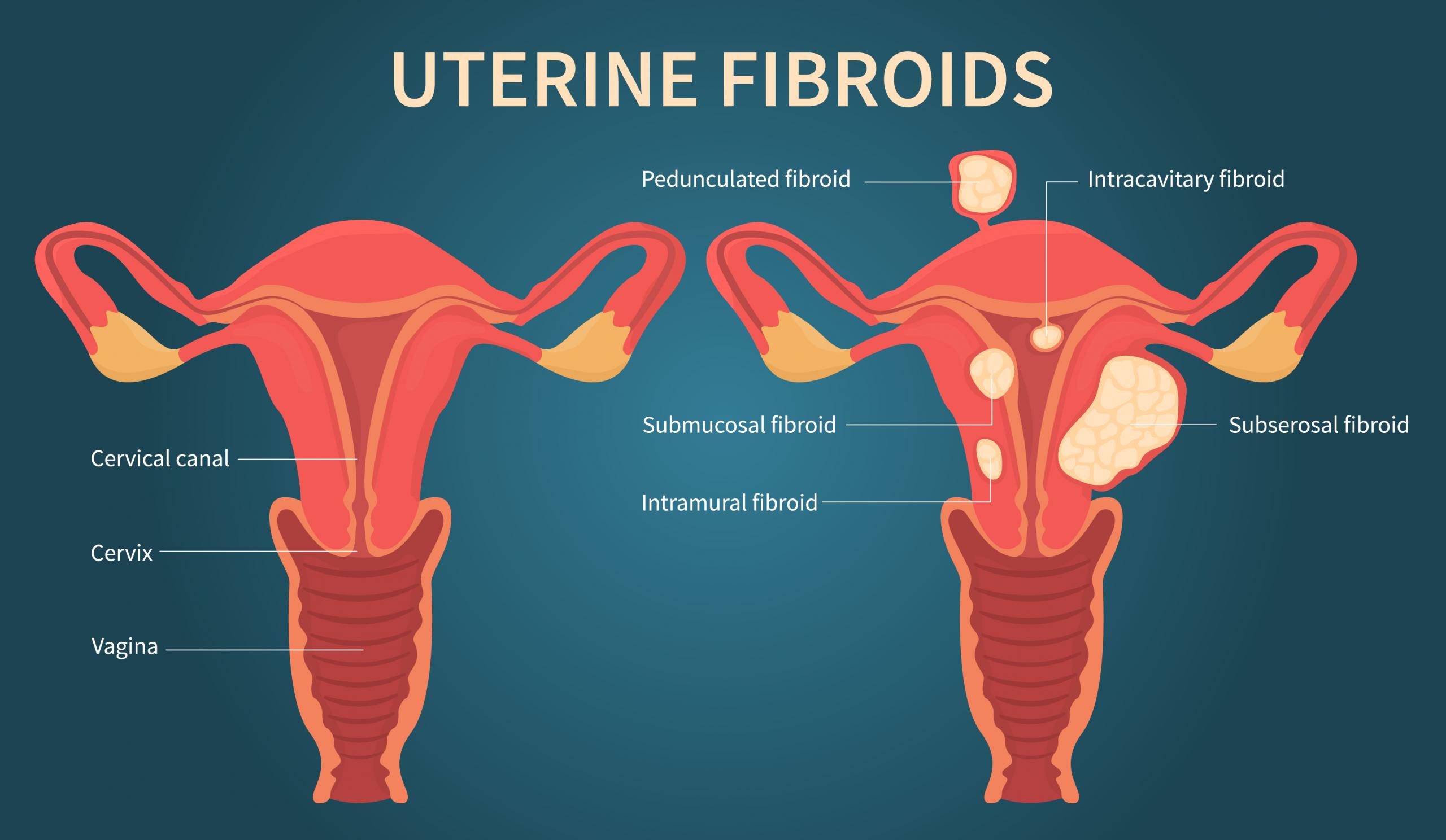
Most women develop fibroids at some point, but only a few know of their existence. Suppose you are one of the women who experience painful symptoms. In that case, Dr. Mina K. Sinacori utilizes cutting-edge approaches such as ultrasound Memorial City to understand the underlying causes of your problem, relieve symptoms and get you back to work or school quickly.
What should you know about uterine fibroids?
Uterine fibroids, medically known as leiomyomas, refer to abnormal growth in a woman’s uterus, containing connective tissue and muscle from the uterine wall. The growths range in size from tiny to large growths that put pressure on your ribcage. In most cases, fibroids don’t cause any symptoms, and you live with them without knowing of their existence.
Your provider may only detect them during routine medical exams or when diagnosing a different medical disorder. The growths may cause severe and unbearable symptoms that prompt you to seek a diagnostic exam in other cases. According to medical research, fibroids are more prevalent among women above 50 years old, but they can affect anyone.
Where do uterine fibroids develop?
Depending on the type, uterus fibroids can develop inside or outside your uterus. Your care plan relies on your growth’s size, number, and location. The different forms of fibroids that you may develop, include:
- Submucosal fibroids
These growths develop inside your uterine space, where the fetus develops during pregnancy. There is the rarest form of uterine fibroids.
- Subserosal fibroids
Subserosal fibroids usually occur outside your uterus, and they are often closely connected to your uterine wall.
- Intramural fibroids
These growths are embedded in the uterine wall. Intramural fibroids are often harmless, resulting in heavy bleeding and fertility issues. If you don’t experience any uncomfortable symptoms, these growths may not need medical intervention.
What are the signature symptoms of uterine fibroids?
Your symptoms depend on the size and the number of growths in your uterus. If you have tiny growths or undergo menopause, you may not experience any significant symptoms. The growths may shrink and disappear after menopause. This shrinking is due to a decrease in the progesterone and estrogen levels, hormones that facilitate fibroid growth. Fibroids may result in symptoms such as pain during intercourse, elevated menstrual cramping, excruciating pain in your pelvis, swelling of the abdomen, and increased urination and pressure in your lower abdomen.
How can your physician detect uterine fibroids?
During your appointment, your gynecologist may conduct a pelvic exam to check your uterus’s size, shape, and condition. The physician may also perform an ultrasound using high-frequency sound waves to get a clear view of your uterus. The team may also use a transvaginal ultrasound which involves inserting a wand into our vagina to obtain clear pictures of your uterus. A pelvic MRI also provides clear images of your ovaries and uterus.
After diagnosis, your provider may develop a care plan tailored to your unique needs. Your provider may recommend home remedies like massage and yoga. If these approaches fail, your gynecologist may recommend medications like Gonadotropin-releasing hormone and surgery in severe cases.
Call the Memorial Women’s Specialists office or book an appointment online for more information about uterine fibroids.

More Stories
The Role of Home Maintenance in Preventing Major Repairs
Designing Your Dream Home: The Role of Interior Remodeling and Deck Builders
Safeguarding Your Business: Essential Tools and Services